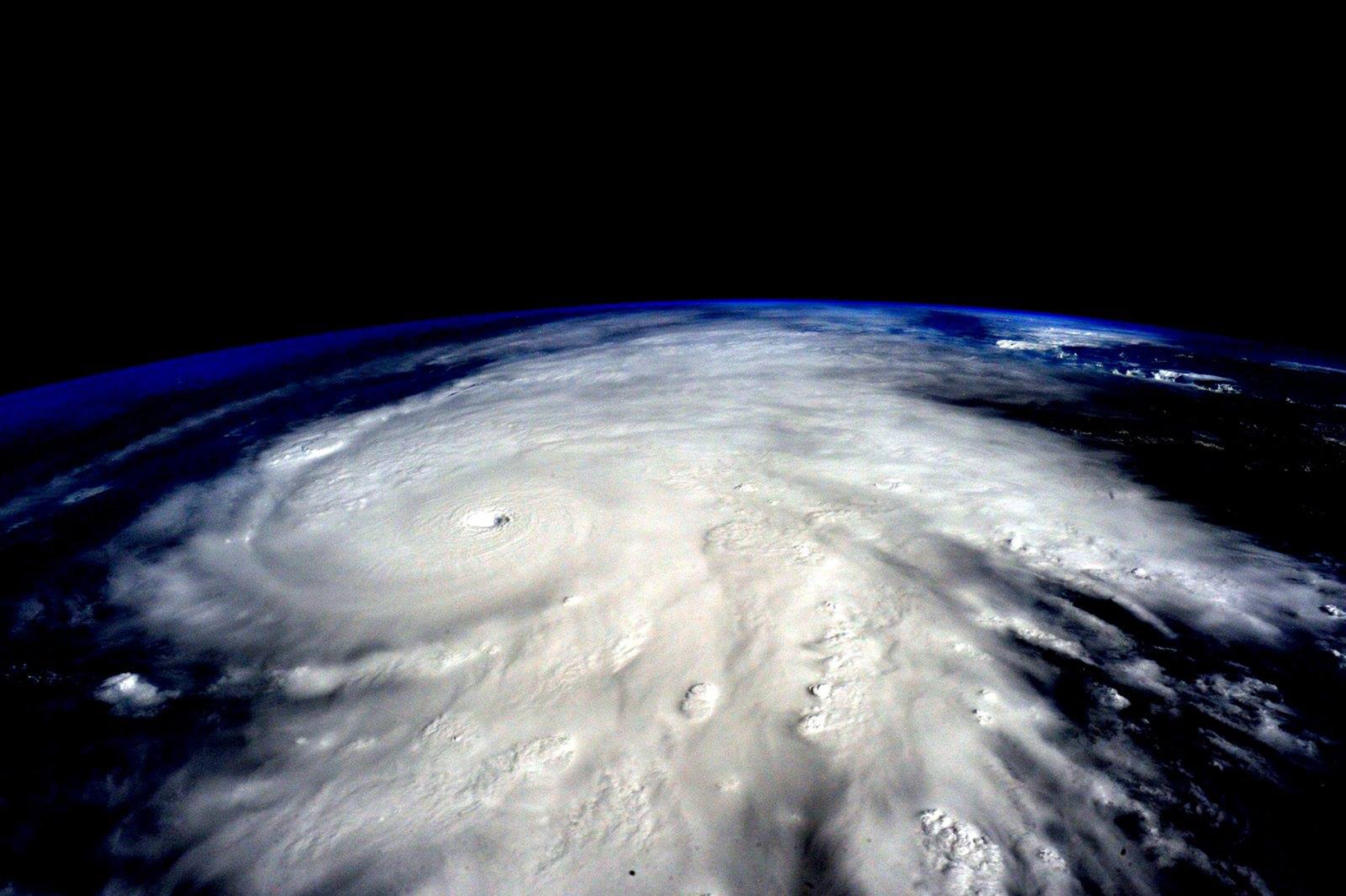
Federal hurricane forecasters predicted an upswing in tropical storm activity for this year’s Atlantic hurricane season on Friday after three relatively quiet years.
The region will likely experience 10 to 16 named storms and one to four major hurricanes, the National Oceanic and Atmospheric Administration (NOAA) said Friday. Last year 11 named storms formed in the Atlantic region, and two were classified as major hurricanes. Neither hurricane made landfall in the United States, according to a NOAA report.
Federal officials urged U.S. residents in the hurricane zone to prepare for the possibility of tropical storms even though this season will technically be “near-normal,” an uptick from the “below-normal” storm activity of past years. Flooding and storm surge have turned relatively weak storms—like Hurricane Katrina when it made landfall in New Orleans—into some of the most damaging.
Read More: Why ‘Once-In-A-Lifetime’ Flooding Keeps Happening
“Near-normal may sound encouraging, but… a near-normal season does not mean we’ll be off the hook,” said NOAA administrator Kathryn Sullivan on a conference call for journalists. “It only takes one storm.”
A number of uncertain factors made this year’s prediction particularly challenging, NOAA said. Officials said there is a 45% chance of near-normal season, a 30% chance of an above-normal season and a 25% chance of a below-normal season.
Chief among the unknown variables is how the end of El Niño will affect 2016 hurricanes. The climate phenomenon decreases the likelihood of tropical storms in the Atlantic Ocean and increases the odds in the Pacific Ocean. And, while it has ended, its effects may linger into the summer. La Niña, which increases the chances of Atlantic Hurricanes, has a 70% chance of developing this year, according to NOAA.
Forecasters also say that a period of high activity associated with the warm phase of the Atlantic Multi-Decadal Oscillation that began in 1995 may have ended. These shifts, which climate scientists do not completely understand, typically last 25 to 40 years.
More Must-Reads From TIME
- The 100 Most Influential People of 2024
- The Revolution of Yulia Navalnaya
- 6 Compliments That Land Every Time
- What's the Deal With the Bitcoin Halving?
- If You're Dating Right Now , You're Brave: Column
- The AI That Could Heal a Divided Internet
- Fallout Is a Brilliant Model for the Future of Video Game Adaptations
- Want Weekly Recs on What to Watch, Read, and More? Sign Up for Worth Your Time
Write to Justin Worland at justin.worland@time.com